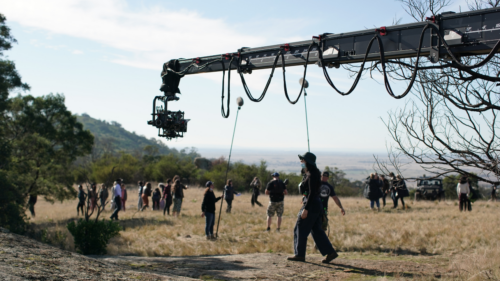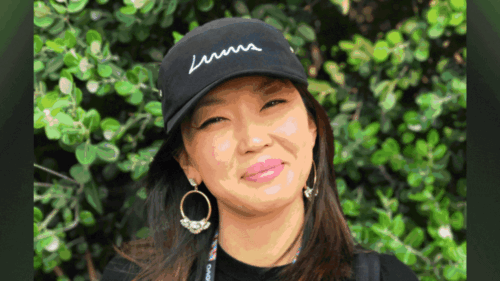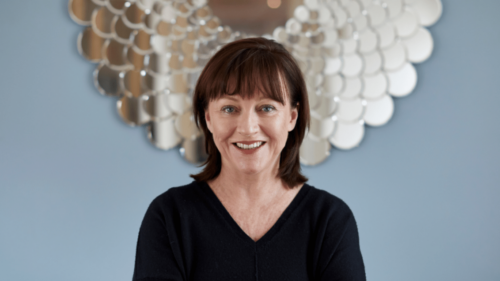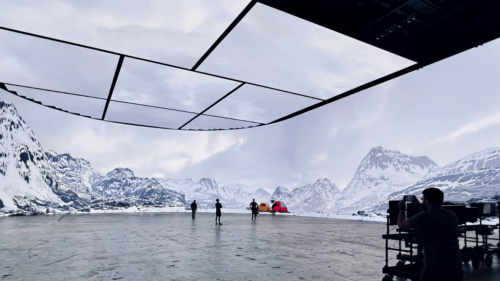/News 30.10.23
Aerial Innovators: An interview with XM2’s Aaron Corera
With over 15 years in the industry, and a string of major franchises under their belt, XM2 has delivered some of the most innovative and cutting edge camera work for a range of Hollywood productions.
This week Ausfilm sat down for a chat with XM2’s Australian Production Manager Aaron Corera to discuss how the company pivoted from hobby helicopters to Hollywood.
__
Would you mind giving readers a little background on the company and how your team got their start in the drone space?
Sure. XM2 is about 15 years old now, and started out in Melbourne, Australia. There were three founders – Stephen is the CEO, and one of our main camera operators, then Aidan’s the COO, and one of our main drone pilots, and Luke is CTO, and also one of our main drone pilots.
They all used to share the hobby of flying remote control helicopters, doing some fairly intense acrobatic flying , which requires an intense amount of skill and concentration.
The three of them had some requests to shoot aerial content by putting a camera onto one of those helicopters, and after those were a success, the company basically started from there.
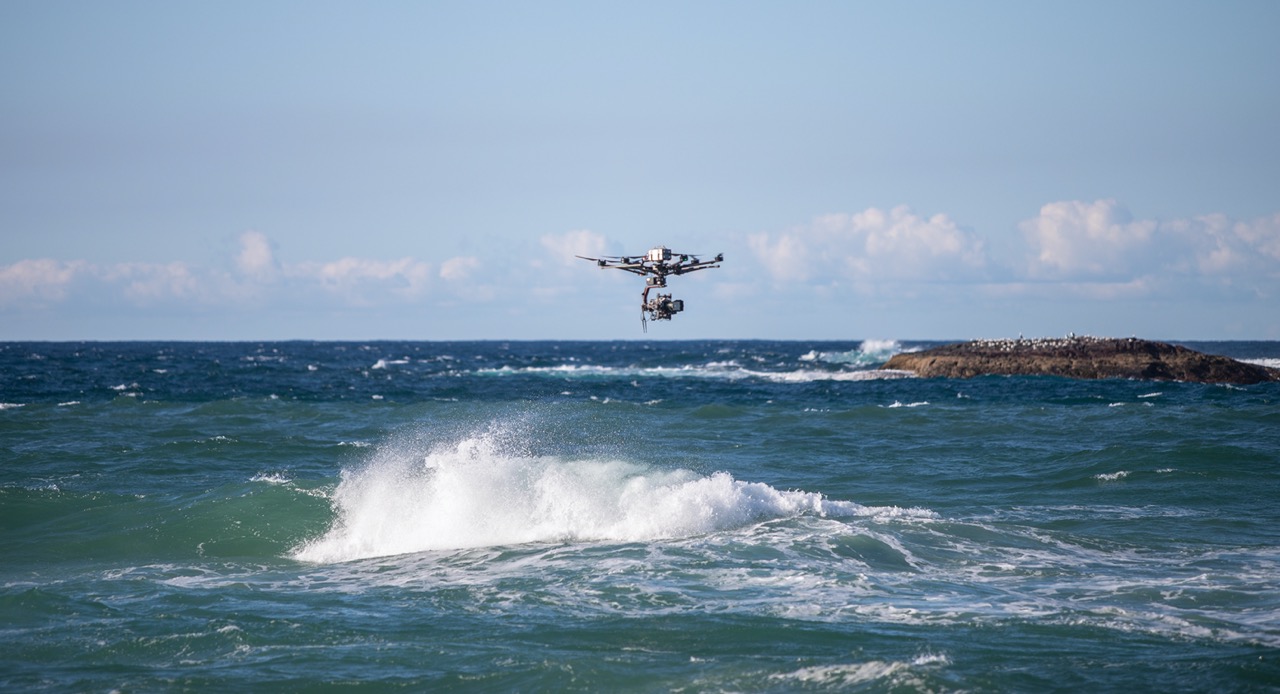
So they were doing aerial filming before drones were a thing?
Yeah! We have an operator’s certificate from the Civil Aviation Authority, they’ve issued around 2500 of them. Our certificate is number 20. So we were definitely one of the early operators in that space.
So how did XM2 make the leap from operating hobby helicopters in Melbourne to working in Hollywood?
We had been working on Australian TV and feature films for a few years and it was Pirates of the Caribbean: Dead Men Tell No Tales, filmed in Australia in 2015, that was the first movie where we took that kind of flying camera technology onto a Hollywood feature film. We were contracted for three weeks on that film initially to do a handful of scenes, but they were so impressed with how the drone work turned out we ended up staying on that production for six months. We were pulling off shots that had never been done before – so the Director and DP were completely enamored and kept wanting more. This was a significant milestone as we were flying an ARRI camera on our custom built drone, the only drone that could carry this camera at the time.
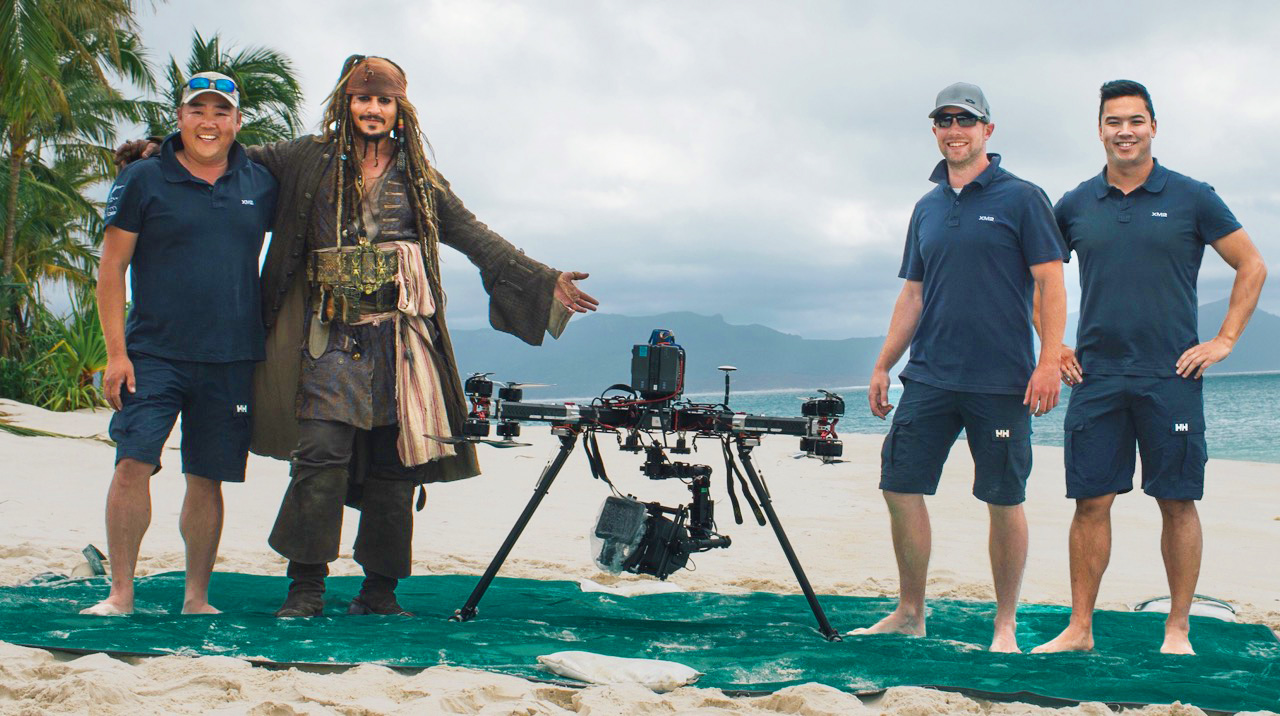
The Australian film Lion by Director Garth Davis and DP Greig Fraser also helped show what you could do with a flying camera setup. Those two were the first projects that really demonstrated what we can do and proved to the film and TV industry that what we offer is a useful tool. Since then, it’s really been one project after the other.
It seems like XM2 has expanded extremely quickly – in just a few years going from being a small Australian operator to working on almost every big movie franchise, from Bond, to Mission Impossible, to Pirates and Star Wars – is the company still doing this all out of Melbourne?
We’ve worked on some amazing projects the past few years. The company started in Melbourne, and that’s where the HQ still is, but we’ve also expanded to having offices in London and Los Angeles, and we’re working on a South Korean office in Seoul at the moment. As of last year, we ticked off a project on every single continent. Which is pretty awesome.
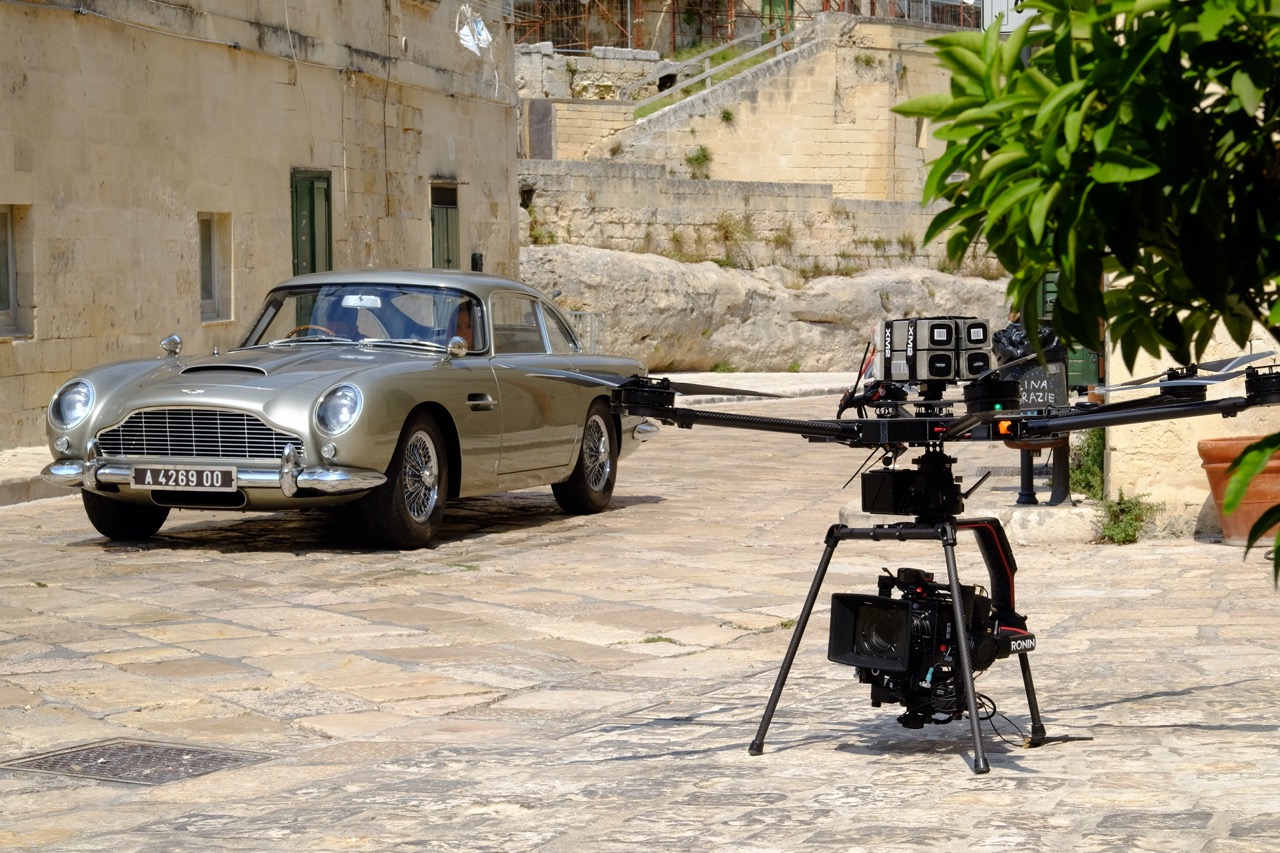
Does that include Antarctica?
It does! We went down there for Aquaman 2 – they wanted a very lean crew to shoot some visual effects plates, so the drone team, a DP, and a visual effects supervisor chartered a boat, and we sailed down from Argentina. We were the only camera there, and it was everyone on the back of this boat rugged up and huddled around monitors shooting for a few days.
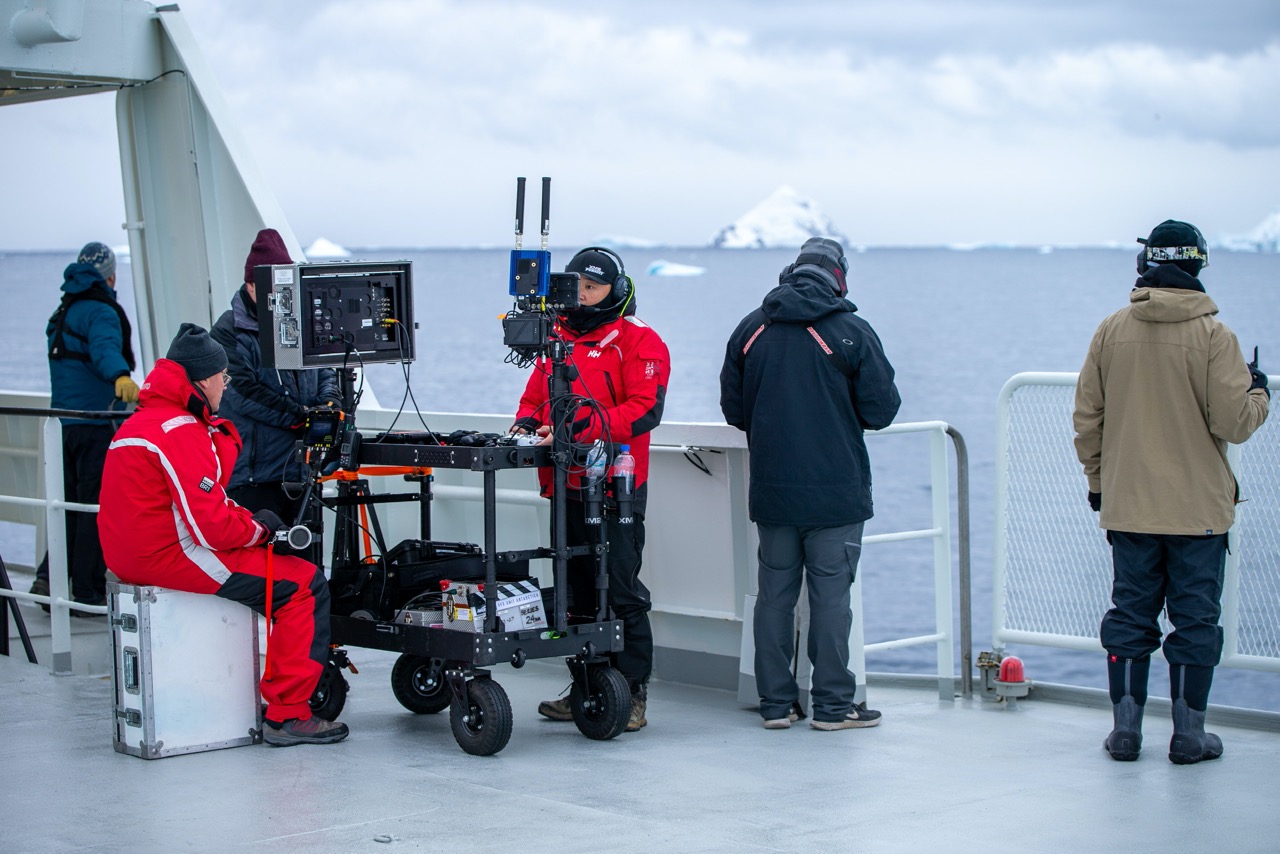
You’re working with rigs that cost in the tens if not hundreds of thousands of dollars – what sort of planning goes into a shoot somewhere like Antarctica where the weather is so unforgiving?
It took us a good three months really to plan for that project – working with production and the boat operator to figure out exactly where we’re going, and to make sure that the boat was suitable for what we’re trying to do.
There’s also things you wouldn’t normally consider, like the permit needed for us to have flotation devices on the drone, so if something does go wrong, we can recover it all.
I’d assume there’s a lot of work that goes into making sure nothing is dropping out of the sky?
Yeah, correct. For example, we designed and built a drone for Star Wars: The Rise of Skywalker back in 2018, it was to carry an ARRI Alexa 65 camera. Now, you can’t buy that camera, you can only rent it from the manufacturer, and it will cost you a small fortune to replace. And we were flying that in the Middle East in Jordan – a very sandy environment. So we designed and built a drone that has eight motors – and what that means is if one of those motors fails, then you’ve still got enough control to be able to land it safely.
We’re constantly checking too, after each flight, on the condition of the props and the motors. Then, if we notice something wrong, we’ve got two full sets of spare parts. And that’s kind of how we typically operate. We’ll always have a backup on set.
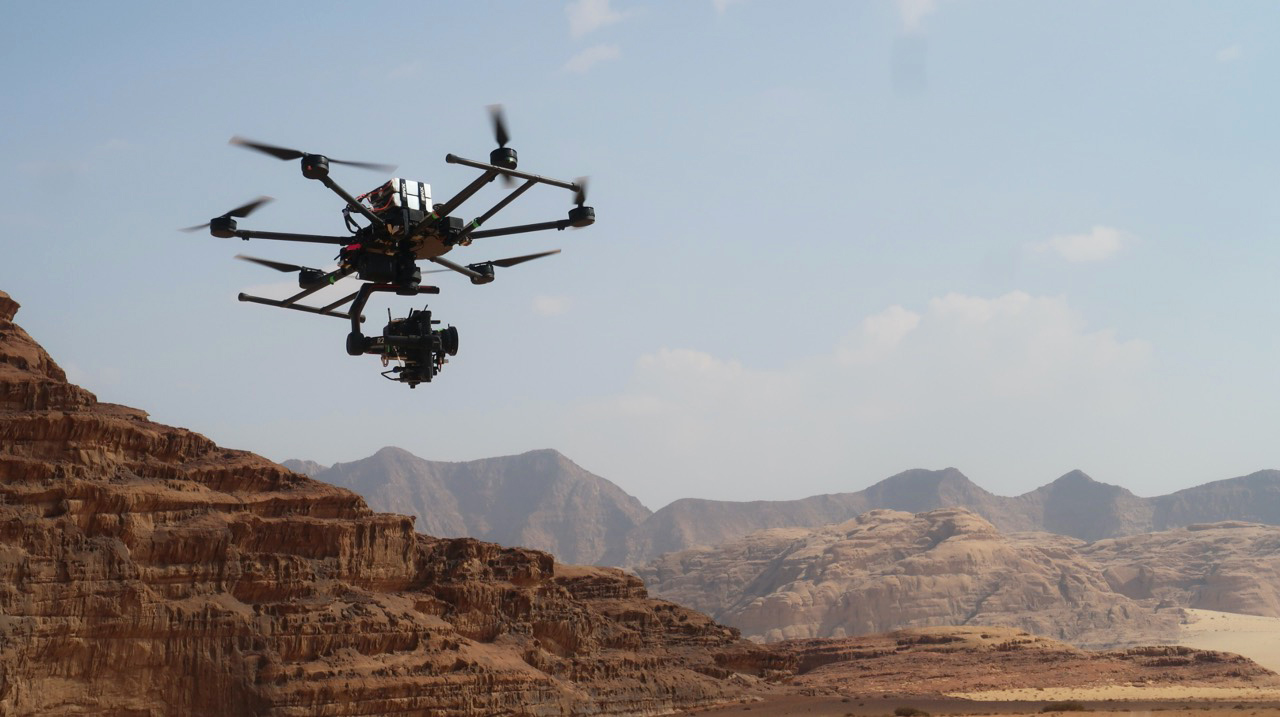
I assume it’s this level of attention to detail that has landed your team so many big movies?
Yeah, once you’re able to kind of prove yourself on those kinds of sets, there’s only so many operators around the world that have a lot of experience operating at that level. Credit to anyone who does that – it’s a high pressure job and it’s amazing to see what people out there are doing.
Quite often the stunts will be a one-take only kind of thing – say for example a production will only have one car that they can crash. So they have to be confident that you can get the shot that they want to get, first time.
John Wick 4 is a good example. The director actually designed a particular sequence with our drone as the main camera, as it was the only way to get that shot. It’s Keanu driving, the car doors have been smashed off, he’s steering with one hand, doing donuts, and shooting his gun with the other hand as well.
Stuff like that can be high pressure, but being able to deliver those kinds of shots is why we get called on to projects like that.
I think we’re lucky in that we also have a presence across the three continents, which enables us to service projects, wherever they want to go and able to offer equipment that they’re all familiar with, a workflow that everyone’s familiar with, and they can deal with one vendor, regardless of where they want to operate in the world.
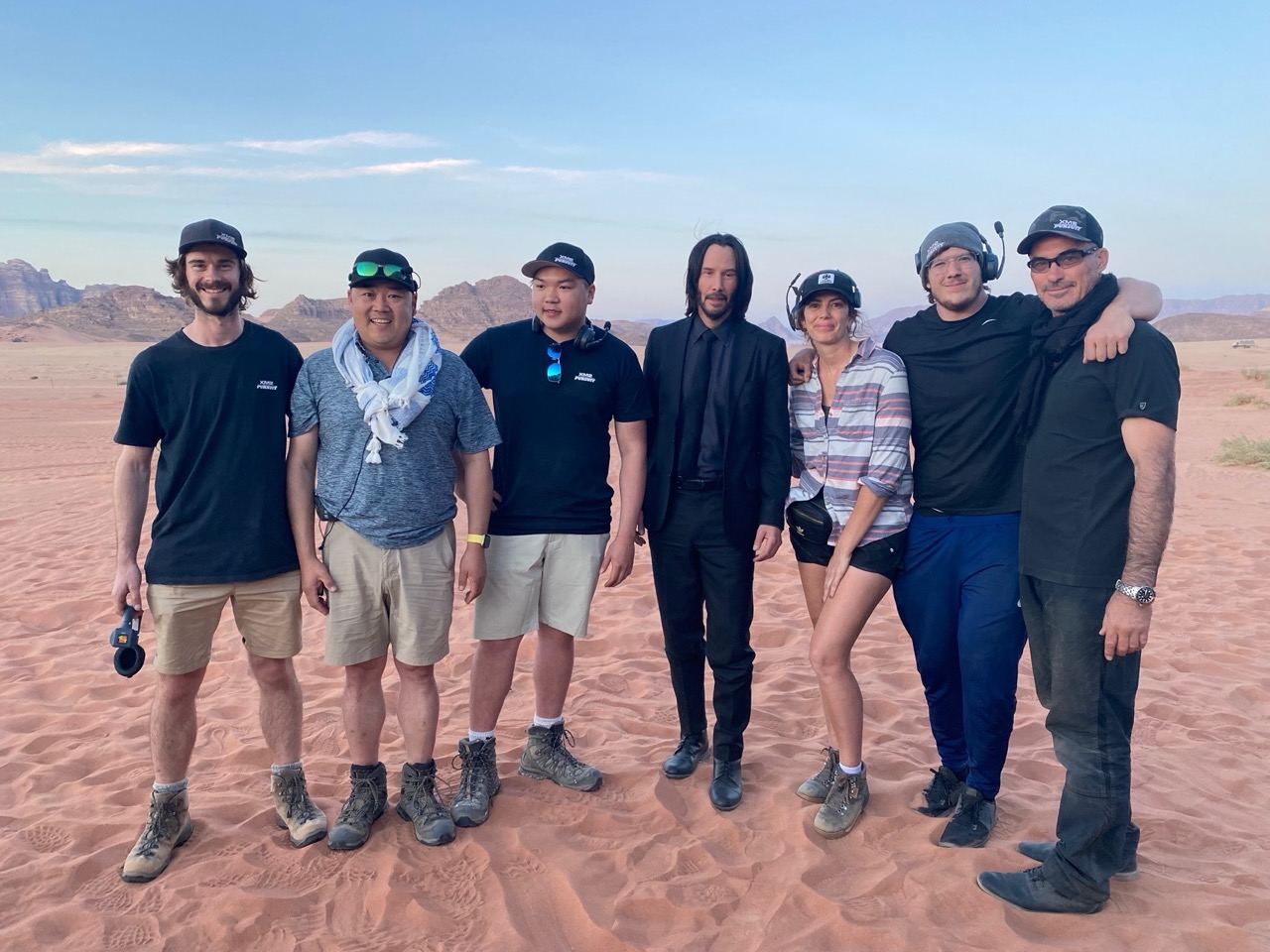
So at what point in the company’s journey did you join XM2, and how did you get involved?
I started at the company about seven years ago now. I did an engineering and science degree at university, and I did drone work kind of as an extracurricular activity.
A bunch of university students would build drones, fix them and do search and rescue missions. And it turned out XM2’s office was just around the corner. So I started talking to Stephen and Aidan, and got some vacation work internships, and was lucky enough for that to turn into a full time job.
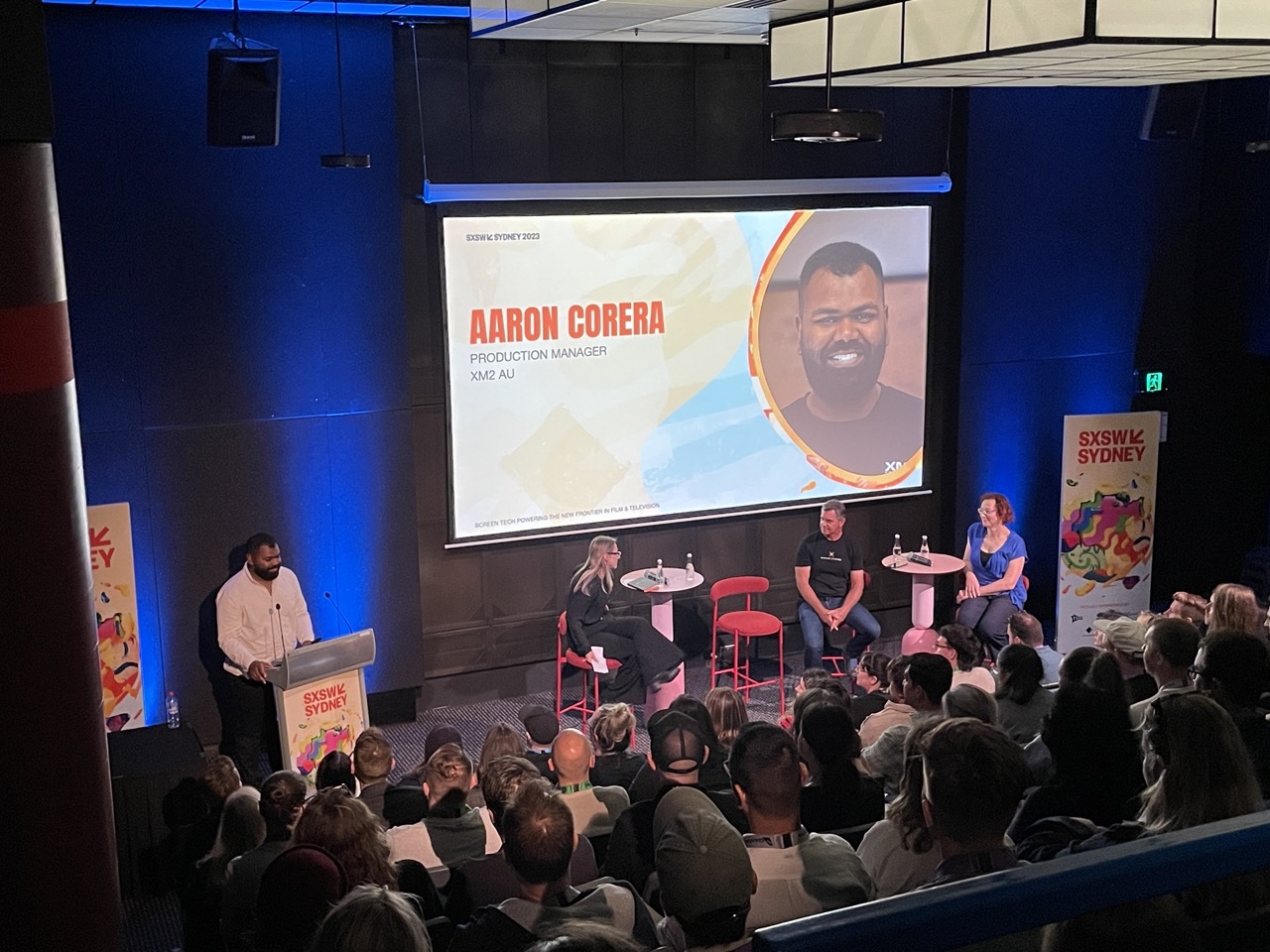
How large has the XM2 family grown since those early days?
The whole company is about 30 people now, that’s a combination of pilots, camera operators, and techs on the filming side, but we’ve also got in-house engineers and machining, who will develop a lot of the drone equipment and some of the other camera equipment that we’ve got.
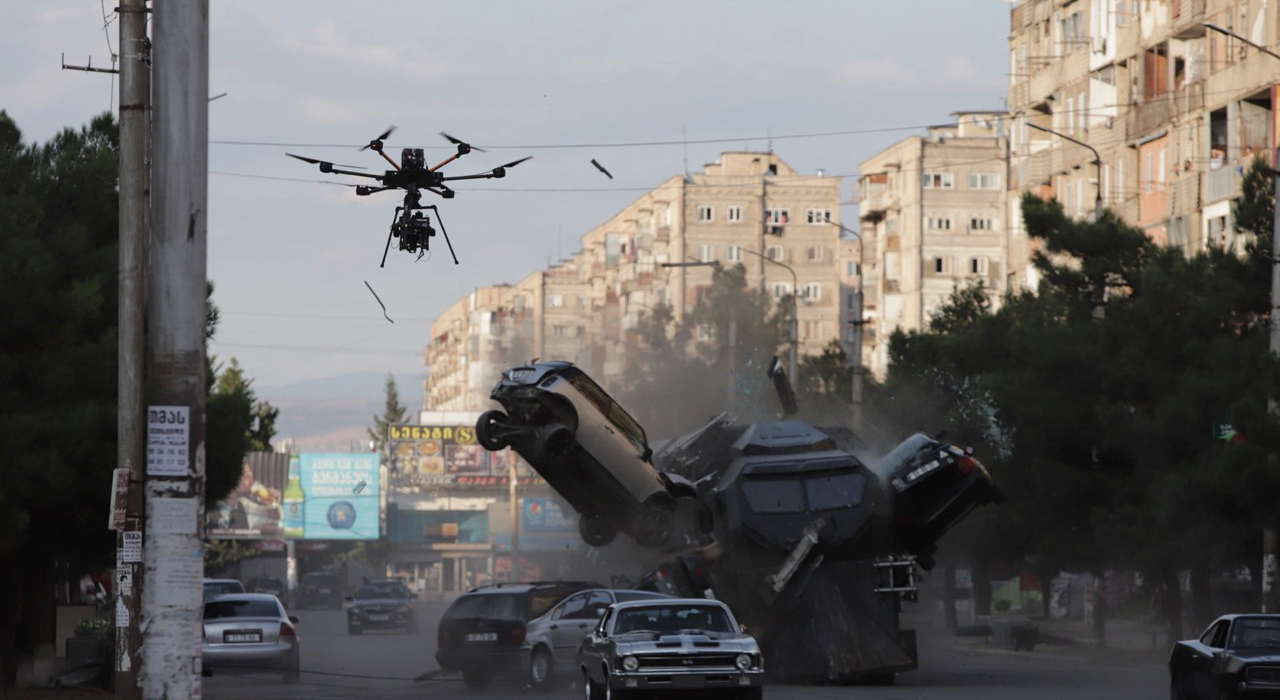
I’ve noticed on XM2’s website you’ve also expanded beyond drone filming?
Yeah, obviously we made our name in the industry with drones, but over the past two to three years we’ve moved towards doing any remote head platform, which means we take a camera, put it on a gimbal, and then put that gimbal on just about anything. We’ve put cameras on electric bikes, cars, cable cams, trains, even horses – literally anything that moves.
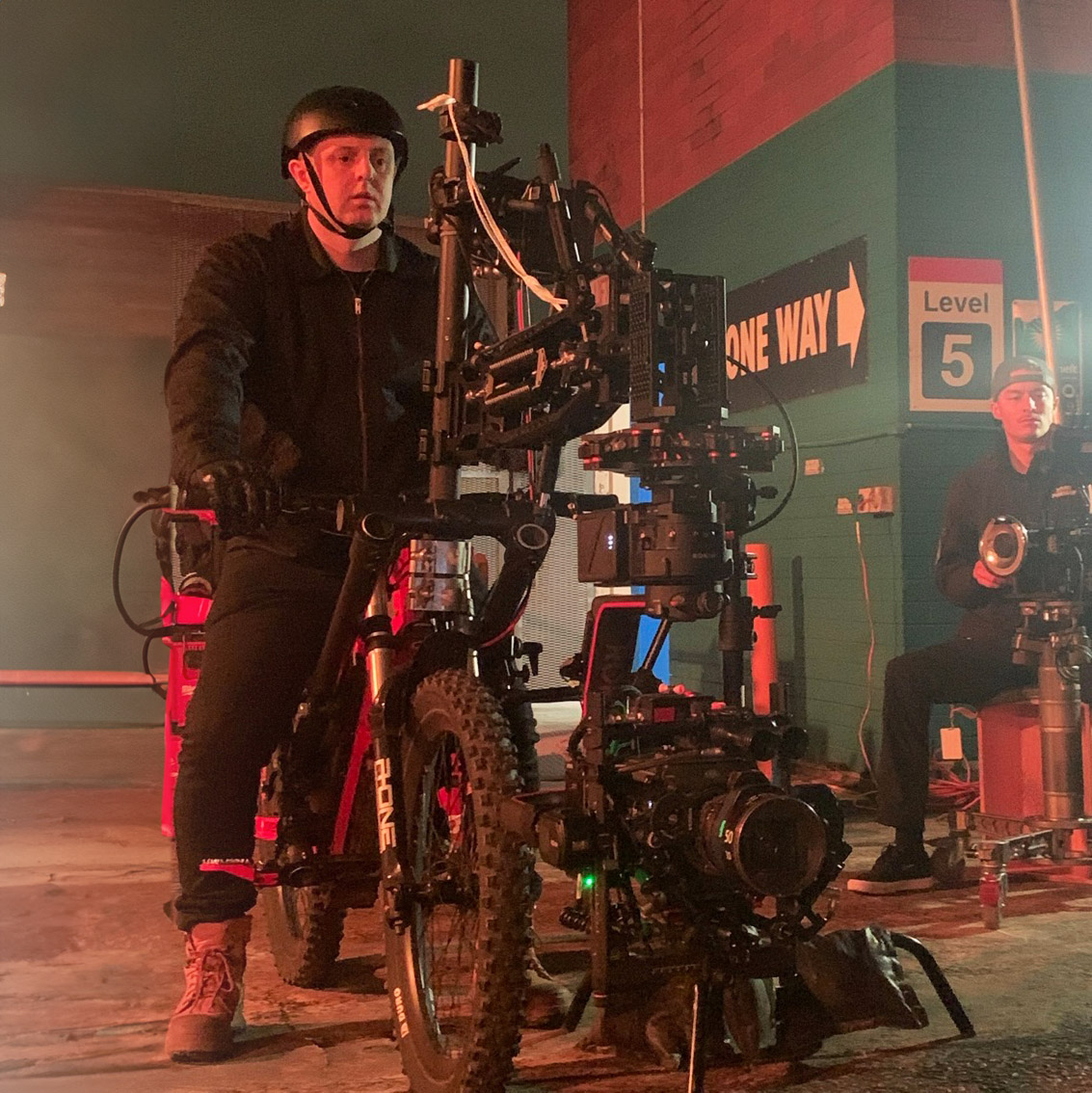
On the VFX side, we do a lot of data capture and post processing, which means that we’ll put a LiDAR unit or a photogrammetry camera on a drone, and then we hand off that ready to use content to the VFX post-production house. We have done this for projects including The Mandalorian, For All Mankind and Foe with clients including ILM, DNEG, Fin Design and AltVFX. We also do multi-camera array capture for LED volumes, which is becoming more and more popular.

We also do a lot of development and engineering outside of the film and TV space. We made some tethered drones for emergency first responders, which means there’s a physical cable running from the ground up to the drone so it can fly for hours, if not days, and they put a temporary cell tower on that drone.
We’re constantly finding new and unique applications for our technology.
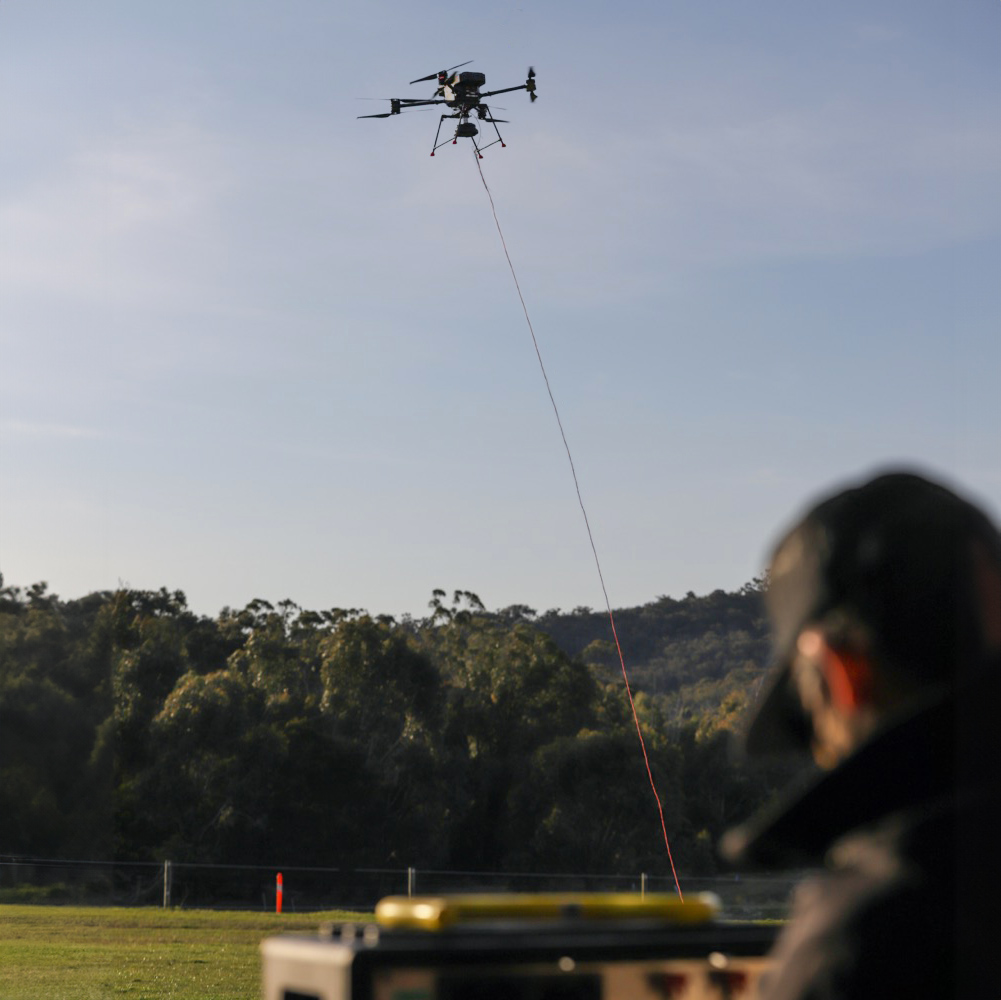
How detailed do your engineering team get when designing new drones?
It depends on the application, there are some drones that need us to design it all from the ground up. And that will be us working with every single part and customizing it. On the other end of the spectrum, some people are happy with a drone that’s just off the shelf. So we might use a DJI Inspire, or a Mavic. And that often is a lot more cost effective for the client.
What we find happens quite often is that we’ll do the research and development for a big project, and then we’ll have that piece of technology to offer up to a smaller project who might not have the same research and development budget, so the whole industry gets to benefit long term.
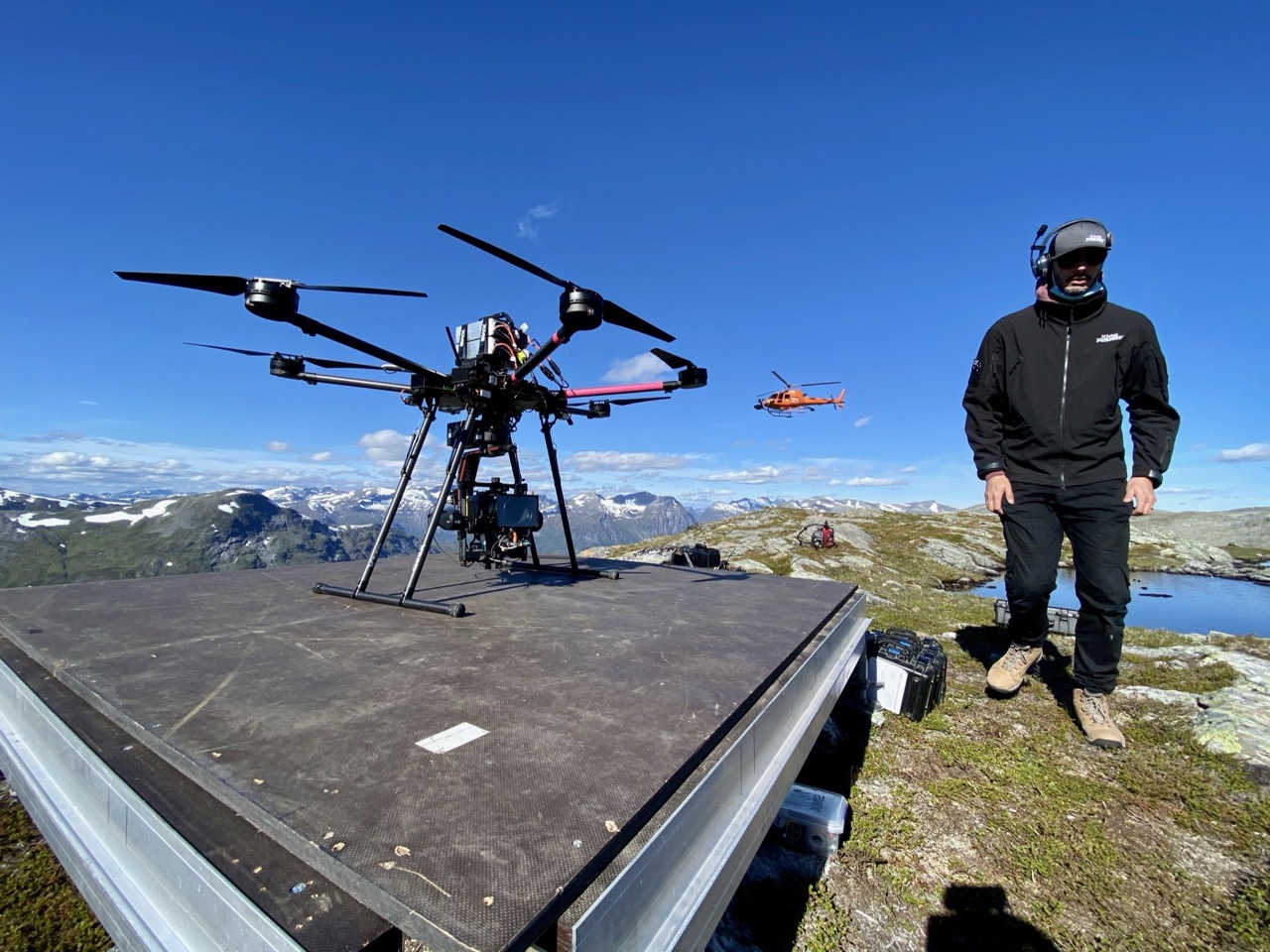
You’ve got some really fun test footage on your socials. How often does your team come up with an idea for the enjoyment of trying new things, and then justify the means later by offering it up to a production?
Sometimes production will have specific things that they would like to try, and then it’ll be all hands to make that work and get it out for that project. But if it’s something that we’re trying ourselves, we’ll work in between projects, develop it in house, then go out and test it. After that we’ll offer it out to clients, and that’ll generally mean putting together a little in house video and sending it to directors, DP’s and producers that we know, or posting a little edit on social media, just trying to get the word out there that we’ve got something new and exciting.
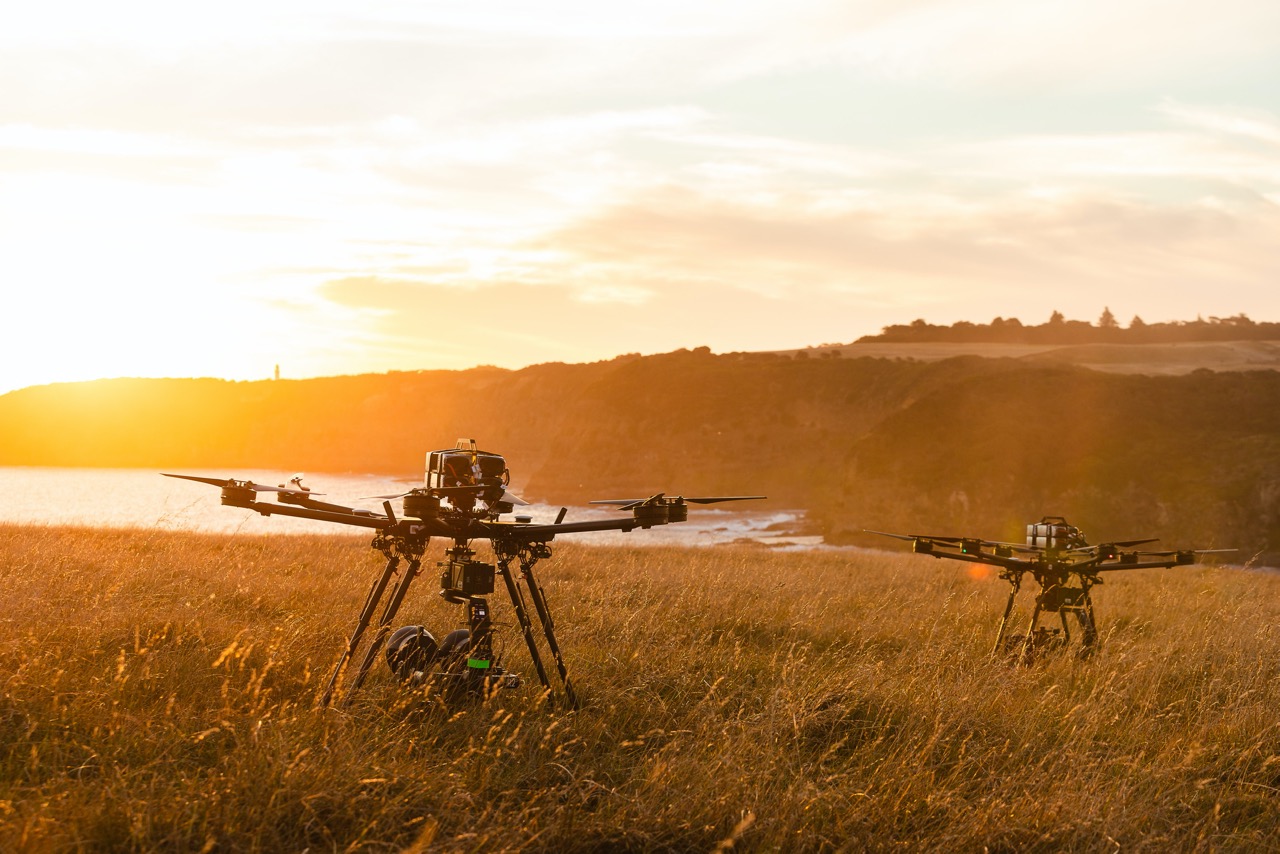
How long after building a new drone does it take for your operators to get used to flying it?
It takes a lot of practice – you effectively want steering them to become like muscle memory, so when a cinematographer asks you to hang the camera left, you don’t have to sit and think about it. So there’s lots of practice, and on-set we do a lot of rehearsals.
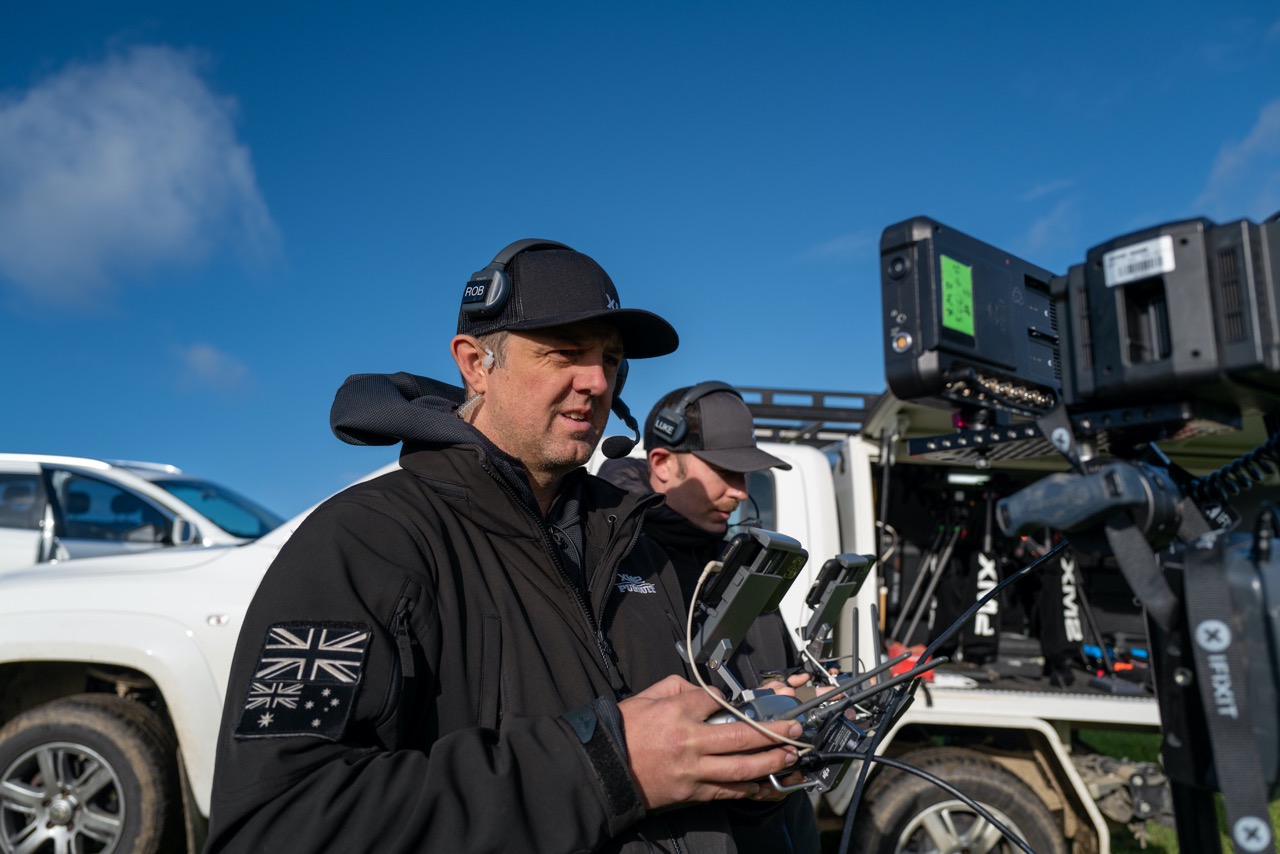
What would you say the trickiest shot is that your team has flown?
The most recent Mission Impossible was a pretty challenging one. There’s a particular sequence where Tom Cruise rides his motorbike off a cliff. They built a ramp on top of a mountain in Norway, and it led up to a legitimate cliff, helicopter access only, and we’re up there at the mercy of the elements. Tom did a few jumps each day, some out of a helicopter, and then a few with a motorbike. There was one instance where we were primed, ready to go, we had five drones covering that particular stunt, Tom was ready, and they had to cancel it because the weather was too dangerous. So it’s a pretty challenging environment.
With the five drones, we had two drones shooting the shot itself for the movie, but then another three shooting behind the scenes footage as well, so it required a fair bit of coordination from us to make sure that we stay out of each other’s way and out of each other’s shot.
So what’s next for XM2, how do you go bigger than filming someone driving off a cliff in Norway or sending a drone to the Antarctic?
We’ve just developed a new drone, actually, for this project shooting in Romania, which can go up to 150 kilometers an hour (90mph), so we’re excited to see what kind of shots we can pull off with that. We’re also tinkering with some remote control sliders as well which is pretty cutting edge. We tested one recently on The Fall Guy with Ryan Gosling, and it worked really well on that project. So it will be interesting to see what directors pick that up. And with our global offices we’re always looking for more projects, bigger projects. We’re always keen to try news things for any production that wants to come and talk to us.






